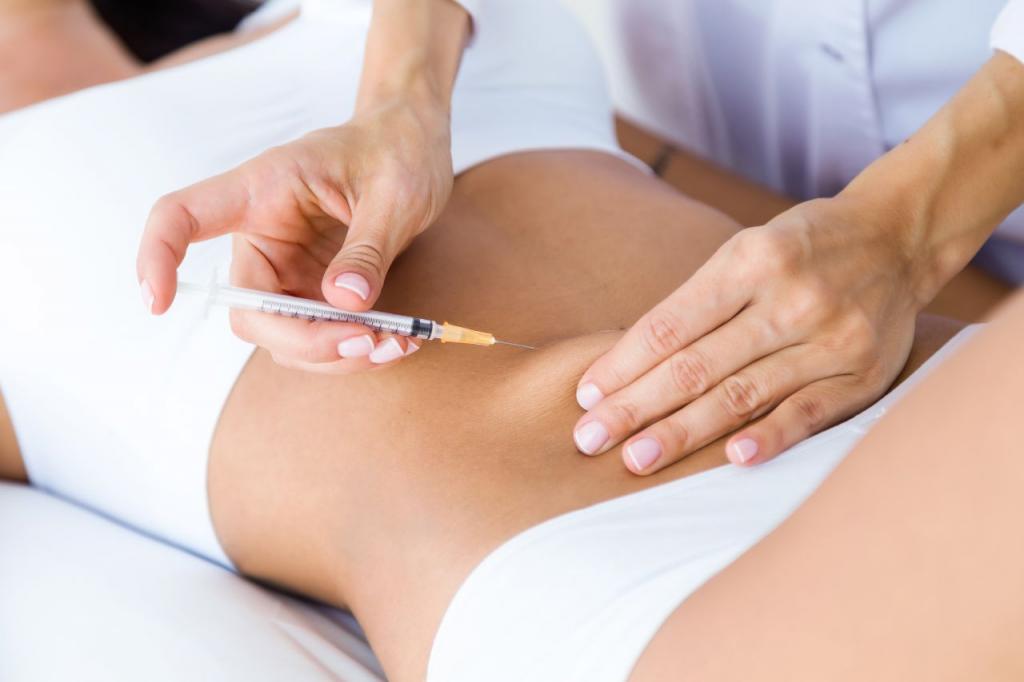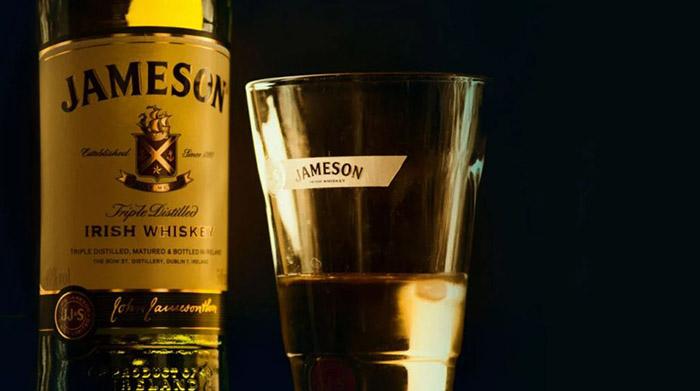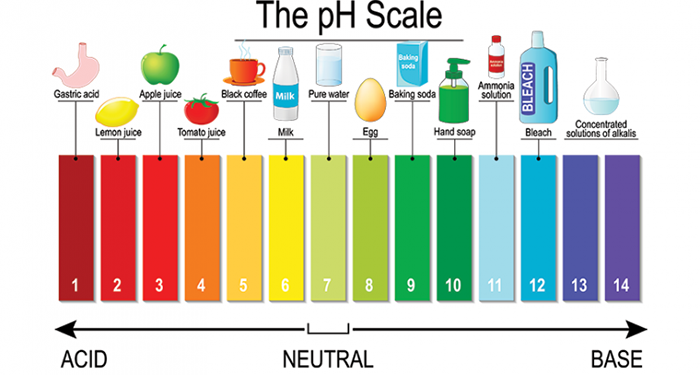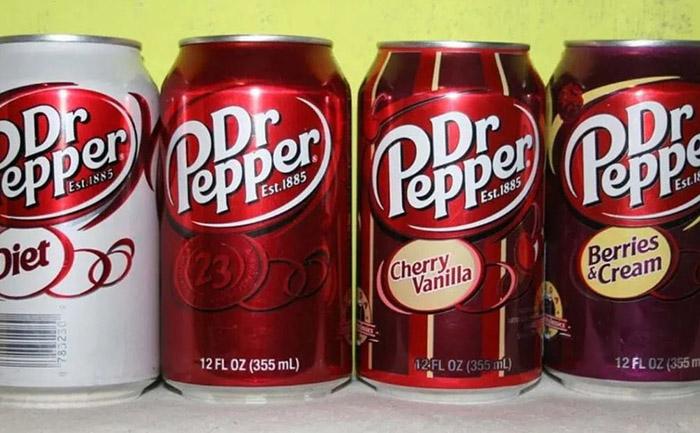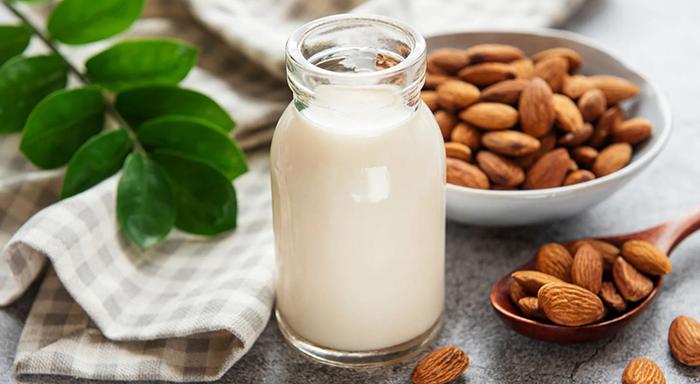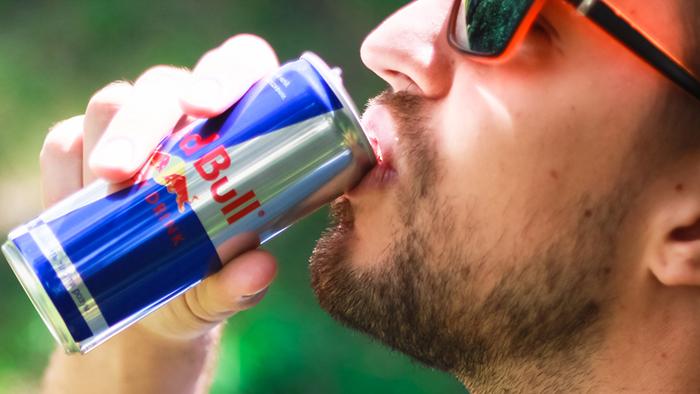The line between being buzzed and drunk can often seem blurry, leaving many to wonder where the boundary lies. In this informative blog post, we’ll delve into the differences between these two states of intoxication while discussing their individual effects on the body and mind.
Furthermore, we’ll examine the risks associated with buzzed and drunk driving, as well as offer helpful tips for staying safe when enjoying alcoholic beverages.
You Are Watching: Drunk Vs Buzzed Updated 07/2025
Understanding The Differences Between Being Buzzed And Drunk

Buzzed and drunk are two distinct states of alcohol intoxication, with buzzed referring to a milder level of inebriation compared to being fully drunk, which is characterized by slurred speech, impaired coordination, and mental confusion.
Defining Buzzed And Drunk
Alcohol intoxication can be experienced in varying degrees, ranging from a mild buzz to full-blown drunkenness. Buzzed is often described as the initial stage of alcohol use where individuals feel relaxed and more sociable due to the release of inhibitions.
It’s common for people who are buzzed to have increased talkativeness, greater self-confidence, and even a slightly lower response time. In contrast, being drunk or intoxicated involves further impairment of judgment and physical coordination.
Understanding these differences is crucial when it comes to addressing the risks associated with alcohol consumption. For example, at blood alcohol content (BAC) levels between .03-.12 percent—one might feel euphoric or “buzzed”—the individual may underestimate their level of intoxication because they don’t exhibit obvious signs of drunkenness like stumbling or vomiting.
However, at higher BAC levels—usually above .08 percent—where legal limits kick in for driving under the influence (DUI) or driving while intoxicated (DWI), a person’s ability to safely operate a vehicle becomes significantly compromised even if they don’t feel severely impaired in other ways.
Differences In Alcohol Consumption And Effects On The Body
The way alcohol affects our body can vary significantly depending on several factors such as age, gender, weight, and type of alcohol consumed. For instance, women often become intoxicated more quickly than men due to their smaller size and differences in metabolism.
This is attributed to women generally having a higher percentage of body fat and lower water content compared to men, which results in a quicker absorption of alcohol into the bloodstream.
Each individual’s unique physiology can also impact how they metabolize alcohol; this includes factors like liver function, hydration level, and tolerance developed over time through regular consumption.
For example, dehydration increases the concentration of alcohol in your blood since there’s less water available for dilution – resulting in amplified effects on judgement, inhibitions and reaction times.
Alcohol primarily impacts brain functions by interfering with specific neurotransmitters responsible for mood regulation and cognitive processes. Consequently, binge drinking or imbibing high quantities within a short period overwhelms both physical metabolism capacity as well as mental resilience against impaired decision-making capabilities often associated with being buzzed or drunk.
Blood Alcohol Content (BAC) Levels
Blood Alcohol Content (BAC) levels are a crucial factor in determining the effects of alcohol on an individual, as they provide a measure of alcohol concentration in the bloodstream.
For individuals struggling with alcoholism, understanding these levels is essential for maintaining personal safety and making informed decisions about alcohol consumption.
| BAC Level | Effects |
|---|---|
| 0.01% – 0.03% | Minimal effects on the body, typically considered sober |
| 0.04% – 0.06% | Starting to feel buzzed, with slight relaxation and mild mood changes |
| 0.07% – 0.09% | Increased relaxation, lowered inhibitions, and mild impairment in judgment and motor skills |
| 0.08% | Legally considered to be drunk in many jurisdictions, including the U.S. |
| 0.10% – 0.12% | Significant impairment in judgment, reaction time, and motor skills |
| 0.13% – 0.15% | Severe intoxication, with major loss of balance and difficulty walking |
| 0.16% – 0.20% | Confusion, disorientation, and inability to perform simple tasks |
| 0.21% – 0.25% | Extreme impairment, risk of alcohol poisoning, and life-threatening consequences |
| 0.26% – 0.30% | Potential blackouts, loss of consciousness, and increased risk of death |
| 0.31% – 0.35% | Coma and possible death from alcohol poisoning |
| 0.36% and above | High risk of coma, respiratory failure, and death |
For those battling alcoholism, monitoring BAC levels is a crucial component of making better choices and managing alcohol consumption. Additionally, understanding the physical and mental effects associated with different BAC levels can provide valuable insight into the risks of engaging in activities such as driving and making important decisions while under the influence of alcohol.
Physical And Mental Effects
Buzzed and drunk states both have significant physical and mental effects on the body. When someone is buzzed, they may experience a decrease in motor skills and judgment, with an increase in euphoria or happiness.
Read More : What Does Coca Cola Do To A Woman Sexually Updated 07/2025
However, when one gets drunk, it impairs short-term memory recall which can result in poor decision-making.
Excessive consumption of alcohol can lead to physical health problems such as heart disease or stroke later on in life. This is why it’s important for individuals suffering from alcoholism to seek support with reducing their intake of alcoholic beverages or abstaining completely.
The Risks Of Buzzed And Drunk Driving
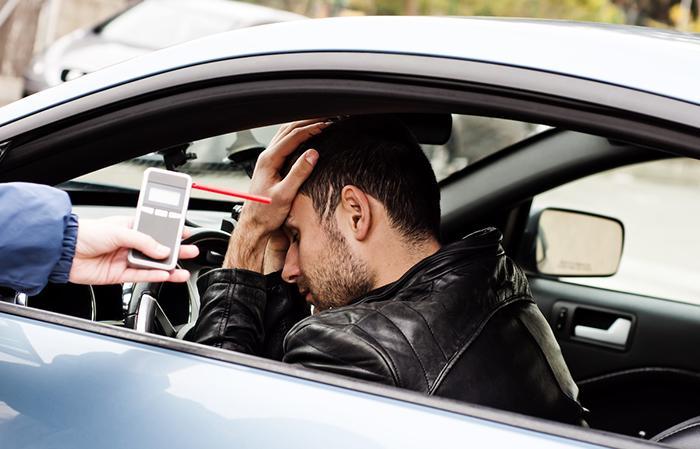
Buzzed and drunk driving are major risk factors associated with impaired judgment, reduced reaction time, and increased chance of accidents and fatalities on the road.
Impaired Judgment And Decision-Making
Alcohol intoxication can severely inhibit judgment and decision-making abilities, leading to dangerous situations such as drunk driving. Impairments in cognitive processing make it difficult for individuals to assess risk accurately and react appropriately.
This not only endangers themselves but innocent bystanders on the road. According to statistics from the National Highway Traffic Safety Administration, alcohol-impaired drivers accounted for nearly 29% of all vehicle fatalities in America- a concerning percentage that highlights the severe impact of impaired judgment while driving under the influence.
Increased Risk Of Accidents And Fatalities
Driving under the influence of alcohol or drugs significantly increases the risk of accidents and fatalities on the road. According to statistics from NHTSA, about 31% of all traffic crash fatalities in the US involve drunk drivers with BACs of .08 g/dL or higher.
This translates to approximately 10,000 deaths every year, making up a third of all traffic-related deaths in America. The higher an individual’s blood alcohol concentration (BAC), the greater their likelihood of getting into a crash while driving due to impaired cognitive functions such as slowed reaction time and decreased judgment skills.
Male drivers aged between 22-45 are more likely to drink and drive, causing catastrophic damage not only to themselves but society as a whole.
Legal Consequences Of Driving Under The Influence
Driving under the influence of alcohol or drugs is a serious offense that can result in severe legal consequences, including:
- License suspension or revocation.
- Fines ranging from hundreds to thousands of dollars.
- Possible jail time, depending on the severity of the offense and previous convictions.
- Mandatory community service or educational classes.
- Increased insurance rates if convicted.
- Permanent criminal record, which can negatively impact future employment opportunities.
The Benefits And Drawbacks Of Staying Buzzed

Staying buzzed can lead to relaxation, enhanced social experiences and reduced risk of negative consequences; however, it also increases the risk of impaired judgment and reaction time.
Relaxation And Stress Relief
Alcohol is often used as a way to relax and unwind after a long day, but it’s important to understand that using alcohol to manage stress is a negative coping skill with long-term consequences.
While drinking may help you feel relaxed in the moment, it can also exacerbate feelings of anxiety and depression over time. In fact, people who drink alcohol are more likely to develop mental health problems such as depression and anxiety disorders.
Additionally, the use of alcohol to manage stress can lead to dependence and put individuals at risk for developing alcohol use disorders which can result in endangering oneself and others.
Enhanced Social Experiences
Staying buzzed can enhance social experiences, making people feel more relaxed and outgoing in social situations. Moderate drinking can help people overcome shyness and increase their confidence when meeting new people or attending events.
However, excessive drinking or getting drunk can have the opposite effect on social experiences. Drunk individuals may become overly aggressive or argumentative, leading to conflicts with friends or strangers.
Additionally, being drunk can impair judgment and decision-making abilities of an individual that may lead to risky behaviors such as driving under the influence or engaging in unsafe sexual practices.
Reduced Risk Of Negative Consequences
Read More : Dry Counties In The Us Updated 07/2025
One of the benefits of staying buzzed instead of getting drunk is reduced risk of negative consequences. When consuming alcohol, there’s always a risk for accidents and impaired judgment, but being buzzed rather than drunk can help lower that risk.
Buzzed individuals are more likely to maintain control over their actions and make smarter decisions compared to those who are heavily intoxicated.
Furthermore, staying within moderate drinking guidelines has been associated with potential health benefits such as lowering the risk of chronic diseases like high blood pressure and heart disease.
Increased Risk Of Impaired Judgment And Reaction Time
When it comes to drinking and driving, impaired judgment and reaction time are significant risks associated with both being buzzed and drunk. Even a small amount of alcohol can lead to reduced control over one’s actions, slowed response times, and poor decision-making abilities.
It’s important to remember that even if you feel fine after having a few drinks, your body is still processing the alcohol consumed. This means that driving under any level of impairment puts you and others at risk for accidents or fatalities on the road.
Tips For Staying Safe And Avoiding Buzzed And Drunk Driving

Plan ahead for safe transportation, limit alcohol consumption, and alternate drinks with water or non-alcoholic beverages to reduce the risk of impaired judgment and reaction time while driving.
Alternative Transportation Options
One of the most effective ways to avoid drunk or buzzed driving is by using alternative transportation options. Here are some options to consider:
- Ridesharing Apps: Apps like Uber and Lyft offer safe rides for those who have been drinking.
- Taxi Services: Traditional taxi services provide a quick and reliable option for getting home.
- Carpooling: If you are out with friends, consider carpooling with a designated driver who has not been drinking.
- Designated Driving Services: There are companies that specialize in providing professional designated drivers to those who have been drinking.
- Bicycle Sharing Programs: Many cities now offer bike-sharing programs that allow riders to rent bikes for short periods of time, making it an eco-friendly option for getting around after drinking.
- Public Transportation: Buses, subways, and rail systems provide another effective alternative to drunk driving.
- Walking and Pedestrian Safety: If you live close enough to your destination, walking can be a safe and healthy option.
- Community-Based Transportation Initiatives: Some communities have created programs that provide free or discounted rides home for people who have been drinking.
Limiting Alcohol Consumption
One of the best ways to stay safe and avoid buzzed or drunk driving is by limiting alcohol consumption. Alcoholism can make this incredibly difficult, but it’s an essential step in maintaining sobriety and avoiding dangerous situations.
Planning ahead and setting limits on how much you consume can significantly reduce your risk of an alcohol-related accident. For example, drinking water between alcoholic drinks can help pace yourself and keep you hydrated, while sticking to a two-drink maximum at social events can prevent overindulging.
Responsible drinking means being aware of your own limits and understanding that no amount of alcohol is entirely safe.
Planning Ahead For Safe Transportation
It is crucial for individuals who plan to drink alcohol or use drugs to have a solid safety plan in place before heading out. Choosing a designated driver, scheduling ride-sharing or taxi services, and utilizing public transportation are all effective options for safe transportation.
One great option is Safe Rides programs that provide a free ride home to those who are too intoxicated to drive themselves safely. These types of programs have been shown to reduce DUI crashes and impaired driving incidents drastically.
Setting Limits And Sticking To Them
One of the most significant steps towards drinking responsibly and avoiding buzzed or drunk driving is setting limits on your alcohol consumption.
It can be easy to lose track of how many drinks you have had, especially when socializing with friends. To avoid overindulging, it’s essential to know your limits and stick to them.
It’s crucial to monitor your alcohol intake throughout the night by finishing each drink before starting another. Drinking in rounds can lead to pressure from peers, making it difficult to keep track of how much you’re consuming.
Alternating Drinks With Water Or Non-Alcoholic Beverages
One effective way to stay safe and prevent drunk driving is by alternating alcoholic drinks with water or other non-alcoholic beverages. Here are some tips for doing so:
- Start off the night with a non – alcoholic drink to pace yourself and keep hydrated.
- Alternate between alcoholic drinks and water or another non – alcoholic beverage throughout the night.
- Make sure to finish your glass of water or non – alcoholic beverage before starting on your next alcoholic one.
- Choose low-sugar, non-carbonated beverages like water, iced tea, or fruit juice to avoid feeling too full or bloated.
- Keep a bottle of water on hand to sip on throughout the night.
- Try adding fresh fruit or herbs (like lemon slices or basil) to your water for added flavor.
By drinking plenty of water alongside your alcoholic beverages, you can help reduce the overall amount of alcohol you consume and stay more alert and aware throughout the night. Plus, staying hydrated will help you feel better in the morning!
Conclusion
In conclusion, while being buzzed and drunk may seem similar, they are two distinct experiences with different levels of intoxication. Driving under the influence of either one can lead to serious risks and legal consequences.
It’s important to understand the differences between being buzzed and drunk, limit alcohol consumption, plan for safe transportation options and know when to stop drinking.
Sources: https://chesbrewco.com
Category: Drink

